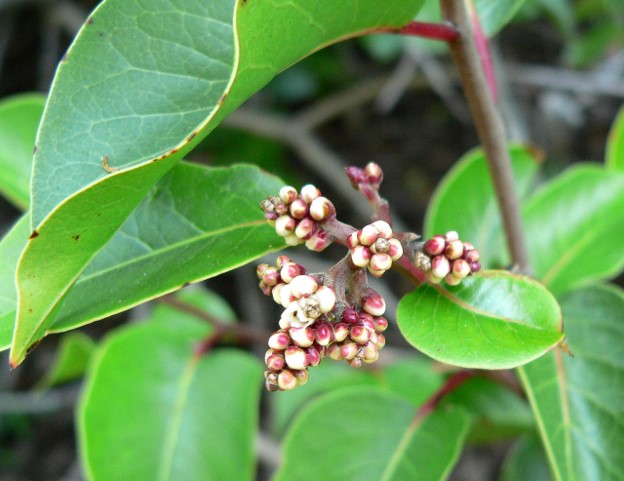
Scientists studied long-term trends in the timing of tree leafing and rising temperatures in the U.S.
Credit: Wikimedia Commons
February 17, 2020 - Scientists have found that while all regions of the country can expect an earlier start to the growing season as temperatures rise, the trend is likely to become more variable year-over-year in hotter regions.
The National Science Foundation-funded researchers examined satellite images, air temperature data and phenology (plant life cycle) models for 85 large cities and their surrounding rural areas from 2001 through 2014 to better understand changes in tree leaf emergence, also called budburst, on a broad scale across the United States. The study will help improve models of the potential impacts of future warming.
The results are detailed in a paper in the journal Proceedings of the National Academy of Sciences.
In all areas, whether in cold, medium or hot climates, tree budburst happened earlier as temperatures trended higher. The analysis found that the link between early budburst and temperature was most pronounced in cities with intense urban heat islands -- areas characterized by significantly higher air temperatures versus adjacent regions.
"Even in varied environments, the results for these 85 cities were largely consistent, providing robust evidence of urban warming's impacts on spring phenology," said Jiafu Mao, who led the project at Oak Ridge National Laboratory.
The researchers found several interesting trends and potential implications, depending on whether the climate was cold or hot. "The key finding is that if you start in a cold climate, you end up with more stability from year to year," said Peter Thornton of ORNL. Conversely, in warmer climates, the start-of-season tended to be more variable year over year.
There may be other factors at play in long-term phenology changes, the researchers said, including precipitation and humidity levels; whether trees are getting the "chilling" they need in the winter to end their dormancy as expected; and even the impact of nighttime light pollution in large cities.
"This study gives us a glimpse into our planet's warmer future and likely changes to important seasonal patterns of plants," says Elizabeth Blood, a program director in NSF's Division of Environmental Biology. "It provides important insights into the effects of cities on plant biology."
Source: NSF








